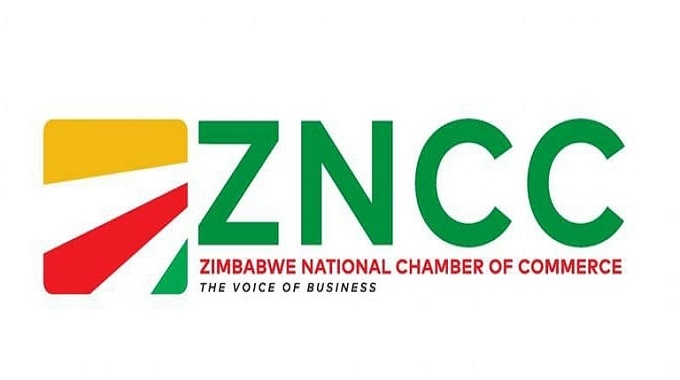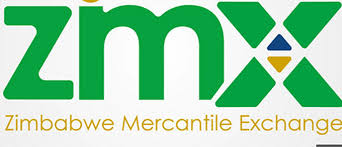Localising tobacco funding key to optimise returns
Exploring local funding models is key to Zimbabwe unlocking the full potential of the tobacco industry, Lands, Agriculture, Fisheries, Water and Rural Development Permanent Secretary Professor Obert Jiri says.
The country’s well-regulated tobacco industry positions it well to tap into the vast global tobacco market, valued at as much as US$60 billion, Prof Jiri said at a recent high-profile Tobacco Conference hosted by our sister newspaper, Business Weekly.
Leveraging its well-regulated industry and robust systems – from farm to market – Zimbabwe can unlock greater value from tobacco. The Tobacco Industry and Marketing Board (TIMB) regulates the tobacco industry.
Prof Jiri said local investors, like pension funds and banks, could be incentivised by the industry’s orderliness to invest directly in production, reducing over-reliance on offshore loans. Ninety-five percent of Zimbabwe’s tobacco production relies on offshore loans. Consequently, a significant portion of the export earnings are used to repay these loans, resulting in less revenue for the country.
According to official statistics, the country is retaining an average of 12 percent of its value from tobacco exports. Last year, Zimbabwe exported tobacco worth roughly US$1,3 billion.
“This industry is very well regulated…in fact, it is (one of) the best in the world…we don’t want to disrupt it,” said Prof Jiri. “What we need are solutions to enhance the value proposition in the tobacco industry.
“The questions we should know are how we tap into this US$60 billion industry and the solution is very simple, let us have inward financing models and internal Zimbabwean financial solutions. The more we borrow from outside the more we need to return it there,” he added.
Earlier discussions highlighted the need for innovative local financing solutions for tobacco production.
Economists, farmers and bankers proposed utilising retirement savings, Government bonds, and diaspora funds as potential sources of capital. Speakers also urged local banks to develop creative financial products tailored to the tobacco value chain.
They suggested models similar to those used by multinational companies, which provide direct or indirect support to farmers through non-collateral-based financing, an area where many farmers currently face challenges.
The dominance of foreign merchants for many years suggests that local financial institutions could replicate successful aspects of these existing funding models.
Chevron Tobacco managing director, Mr Tapiwa Masedza pointed out the significant cost disparity between local and offshore financing. He explained that the average borrowing cost from local institutions, including arrangement and statutory fees, is around 16 percent, whereas offshore funding averages 7 percent.
He further clarified that some offshore funding does not involve traditional international bank loans. Instead, it comes from buyers pre-financing their purchases of processed tobacco at zero interest rates.
Mr Masedza said there was need for local banks to re-evaluate their interest rates to make themselves more competitive in the face of the offshore financing models offering lower interest rates. Professor Jiri emphasised self-reliance as a critical solution to the farmers’ plight. Shifting power to the producers, instead of them being price takers in the current system, would be a step towards this goal, he said.
Interviews with industry players revealed support for Prof Jiri’s comments. While acknowledging the challenges inherent to any industry, they highlighted positive strides made in the regulatory system, particularly in areas like surveillance and monitoring.
“In fact, the regulatory environment has been steadily improving. While there are always challenges to address, we have seen a remarkable increase in order within the tobacco industry, even as production has reached record highs,” said an executive with a local tobacco merchant. This predictability has actually fostered trust with international merchants.” Zimbabwe produced a record 297 million kolgramme of tobacco in the 2022/23 season.
Highlighting the well-regulated environment of the tobacco industry, the executive pointed to a significant opportunity for local financial institutions to invest in the sector.
Their participation would not only benefit farmers with access to more readily available and potentially lower-interest financing, but it would also keep a larger portion of the revenue circulating within the Zimbabwean economy.
This would create a win-win situation for all stakeholder involved including farmers, and financial institutions.
-herald










